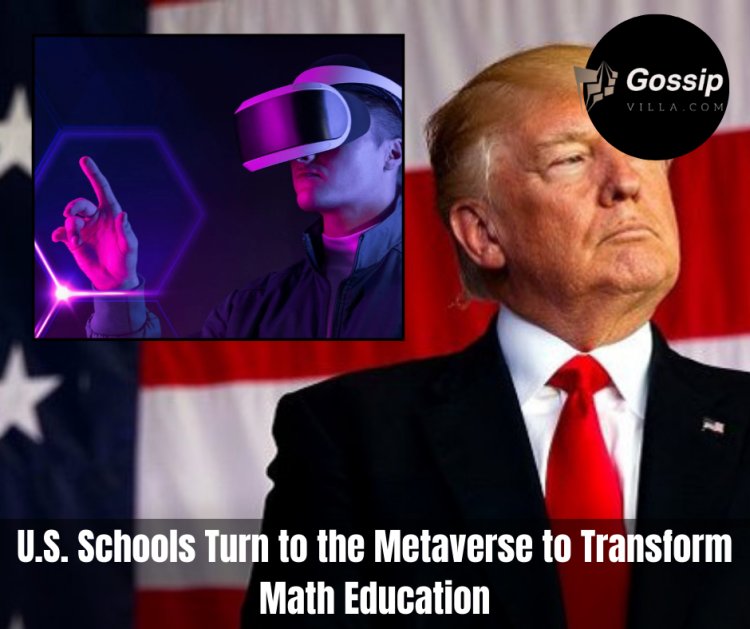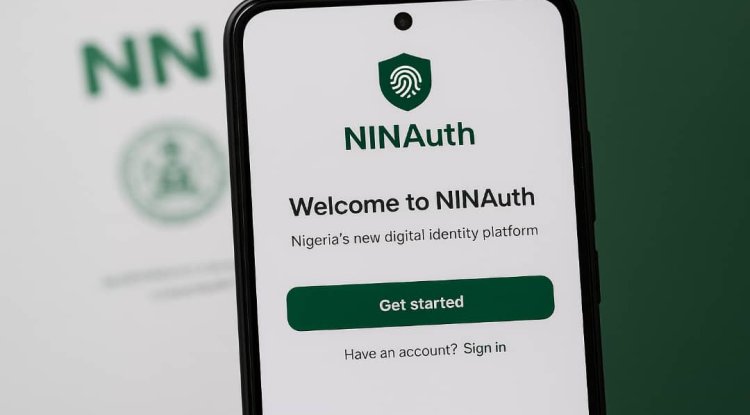U.S. Schools Turn to the Metaverse to Transform Math Education
U.S. Schools Turn to the Metaverse to Transform Math Education

U.S. Schools Turn to the Metaverse to Transform Math Education
Some schools in the United States are embracing the metaverse as a new tool to make mathematics more engaging and accessible for students.
Through virtual reality (VR) headsets and digital platforms, students are now able to interact with three-dimensional models of mathematical and spatial concepts that were once confined to textbooks and chalkboards. Educators say this approach is particularly helpful in teaching geometry, algebra, and complex problem-solving, where visualizing shapes, graphs, and formulas is essential.
Supporters argue that the metaverse could help bridge long-standing gaps in math education by making abstract ideas tangible. “When students can walk inside a 3D graph or manipulate shapes with their own hands, they gain a deeper understanding that traditional teaching can’t always provide,” said one U.S. teacher piloting the program.
The initiative is still in its early stages, with schools testing different platforms to measure effectiveness. While many parents and teachers welcome the innovation, concerns remain about cost, accessibility, and the risk of widening inequalities if underfunded schools cannot afford the technology.
Education experts also stress that the metaverse should be used to complement, not replace, traditional teaching methods, ensuring students develop critical thinking alongside digital skills.
As more schools across the country explore immersive learning, the U.S. is positioning itself at the forefront of using cutting-edge technology to reimagine classroom experiences, potentially setting a model for global education in the years ahead.
What's Your Reaction?





















